10 Mysterious and Amazing Discoveries from Ancient Egypt
Minggu, 15 Januari 2023
10 Mysterious and Amazing Discoveries from Ancient Egypt
Ancient Egyptian sites are like bottomless wells. The reason is, scientists are constantly discovering something new. A number of digging tools, a set of scanning machines and a series of studies failed to completely reveal the civilization in the northern part of the African continent in the past.
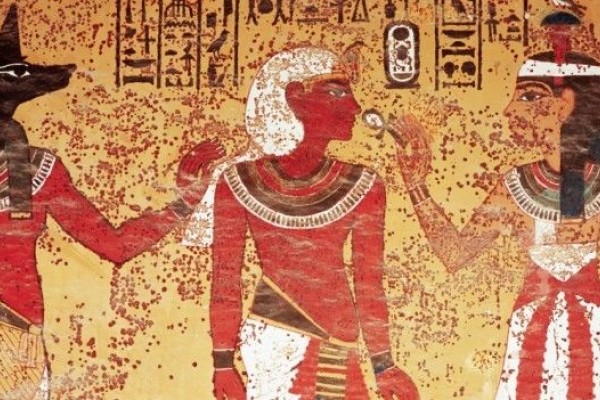
The longer it digs, the more amazing discoveries that have been found. Even so, the more mysteries that must be answered.
Here's a list of the latest discoveries from ancient Egyptian sites.
1. The burial complex of the priest of Thoth
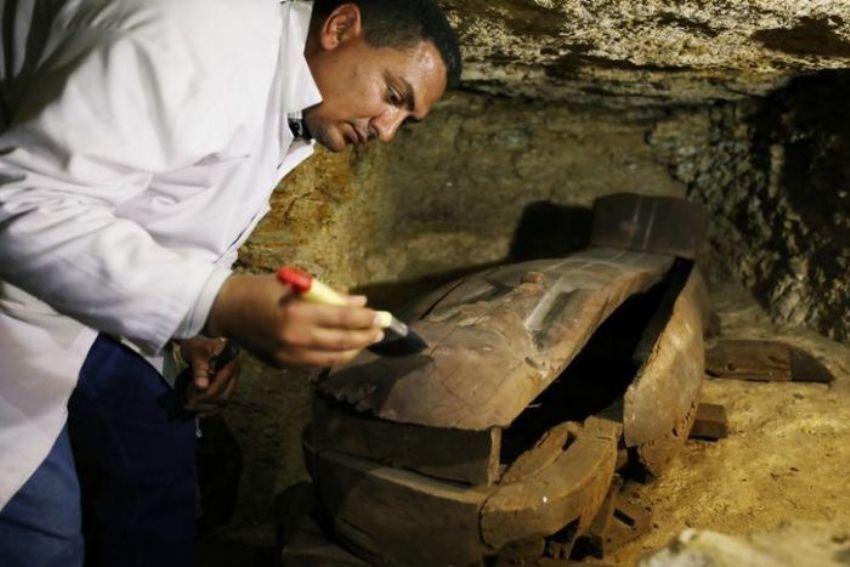
abc.net.au
2018 is sure to be a year full of surprises for ancient Egyptian historians. Because, outside the City of Minya in the vicinity of the Nile River valley, a necropolis (Cemetery outside the city) has just been discovered.
Indeed, ancient burials in Egypt are frequently found and are commonplace. However, what is interesting about the Minya necropolis site is that there are no bodies of civilians or pharaohs. Instead, archaeologists find a family of spiritual leaders (Clergy).
In ancient Egyptian life, priests served the God Thoth who was the ruler of wisdom and the moon. One tomb that was discovered belonged to a high priest and was surrounded by more than 1,000 statues.
40 members of his family were also found in the same location as the priest's grave. The priest's internal organs were placed in four separate urns.
This latest discovery is expected to take about five years to reveal historical facts about the burial traditions of priests in ancient Egypt.
2. Small private cemetery in Luxor City
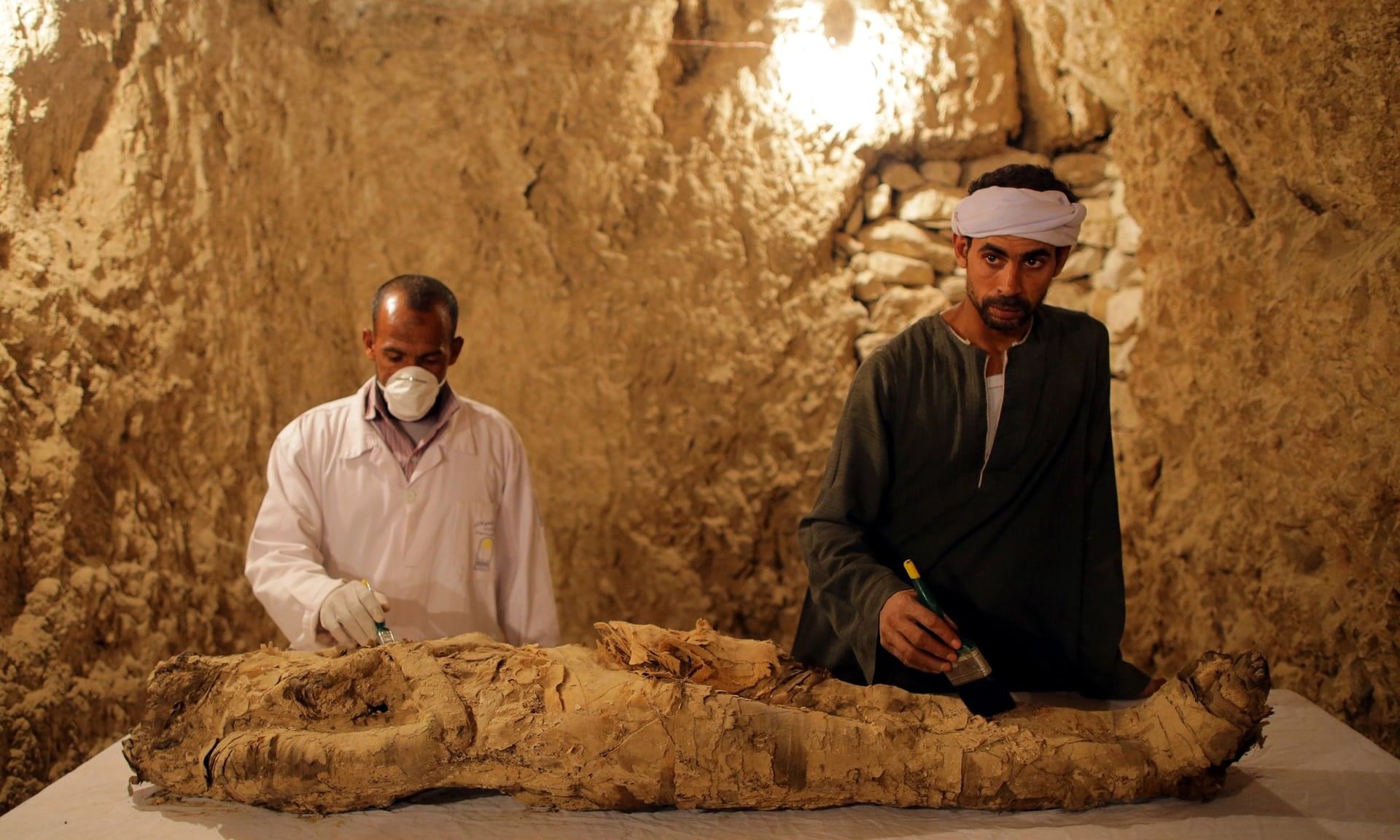
theguardian.com
The city of Luxor is known for its architecture and ancient tombs. Among all the ancient tombs that have been found, this latest tomb discovery is the most interesting. The reason is, unlike public cemeteries and tombs of pharaohs. This tomb is small and only consists of two bodies.
The two tombs, which were dismantled for the first time at the end of 2017, are estimated to be 3,500 years old. From the elaborate design of the tombs, experts estimate that the tombs belonged to two high-ranking officials.
Judging from the wall decorations, the tomb was buried during the 18th dynasty, the reign of King Amenhotep II or King Thutmose IV.
The designers of the two tombs made five entrances, each leading to the same rectangular space. The tomb is also full of artifacts, including bandaged mummified masks, ceramics and 450 statues. King Thutmose's name was found on the ceiling of the tomb.
3. Aspelta's face

livescience. com
At one time in ancient Egypt where the King of Kush was in power, there was a person named Aspelta (593-568 BC) who began to establish his own kingdom. He continued to refer to himself as the king of ancient Egypt.
Well, recently, excavations were carried out at Dangeil, an archaeological site in Sudan. Inside the temple of the god Amun, researchers found the fragment they were looking for. This fragment was among the missing parts of a statue found at the same location years earlier.
When the fragments were assembled, researchers were able to reveal Aspelta's sculpted face. The age of the statue itself is 2600 years. In Egyptian hieroglyphics, Aspelta is hailed as "King of Upper and Lower Egypt" and the beloved king of the sun god Ra.
The statue, which appears to be life-size, was sculpted some six centuries after the temple of the god Amun was built beside the River Nile. Interestingly, centuries after the building was abandoned, an elite group buried their members among the ruins. Nobody knows who these people are.
4. Sons of Khnum-Aa
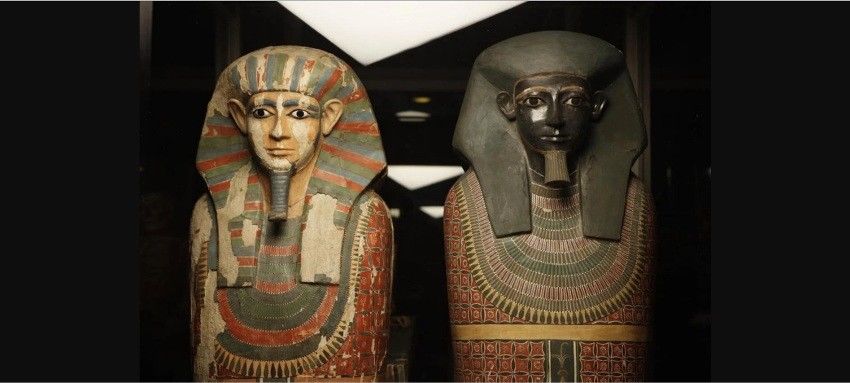
livescience. com
In 1907, researchers discovered two male mummies 400 km south of Cairo. The two mummies have been lying side by side for 4,000 years. They later became known as Khnum-Nakht and Nakht-Ankh.
Judging from the tombs, the two mummies most likely came from wealthy families. Interestingly, each coffin bears the female name "Khnum-Aa."
Since 1907, the mystery of the two mummies has not been solved. The name Khnum-Aa itself is assumed to be the mother figure of the two male mummies. But interestingly, after comparing physical features, including skull shape and skin color, the researchers concluded that the two male mummies were not related by blood.
In 2018, DNA testing solved the mystery. The two mummies turned out to have different father figures. These half-siblings in ancient Egypt represent rare examples of family relationships such as marriage and half-siblings having occurred.
5. Ankhnespepy Pyramidion

ibtimes.co.uk
At one time, Queen Ankhnespepy II ruled Egypt. He ruled until his son was old enough to rule. Most of the son's burial structures have been found, including the queen's tomb and pyramid.
Ankhnespepy II was arguably so influential that she became the first queen to have texts about her pyramids engraved on monuments. However, the satellite (Minor) pyramid of Queen Ankhnespepy II has never been found.
Then in 2017, an obelisk belonging to the queen was discovered near the Saqqara cemetery south of Cairo. Made of red granite, the obelisk was most likely part of his funerary temple.
Just a week after the discovery of the artifact, a Pyramidion obelisk was discovered. The pyramid is about 4,000 years old and is 1.3 meters high, and the base is 1.1 meters wide.
Because of the distance between the obelisk and the pyramid
her husband is close enough, the pyramidion could be a clue to finding the queen's satellite pyramid. During their heyday, the pyramidions were probably covered in copper or gold to reflect the Sun.
6. The musician Hathor

ibtimes.co.uk
About 3,200 years ago, an Egyptian woman died far from her home. She is in her twenties and is pregnant.
The discovery of her remains in a copper mine in Israel changed the view of archaeologists who thought they knew where the woman died. At that time, Egypt controlled the area called Israel.
The location of the copper mine where the pregnant woman died is in a place called Timna. Timna is an arid and almost uninhabited place. Until the skeleton was found in 2017, it was previously thought that the pregnant woman had never made the journey so far.
Only people of high social standing could receive burial at Timna. Experts believe the woman may have been a temple musician or singer. Indeed, his grave was found near a shrine dedicated to Hathor.
Hathor herself was the Egyptian goddess of mining, women and music. This rare find is as tragic as a change in history itself. This woman's body left only a skeleton. This young mother's arms and head were all missing from looting.
But, why did he die at such a young age? It remains a mystery that may never be solved.
7. Statue of death and birth
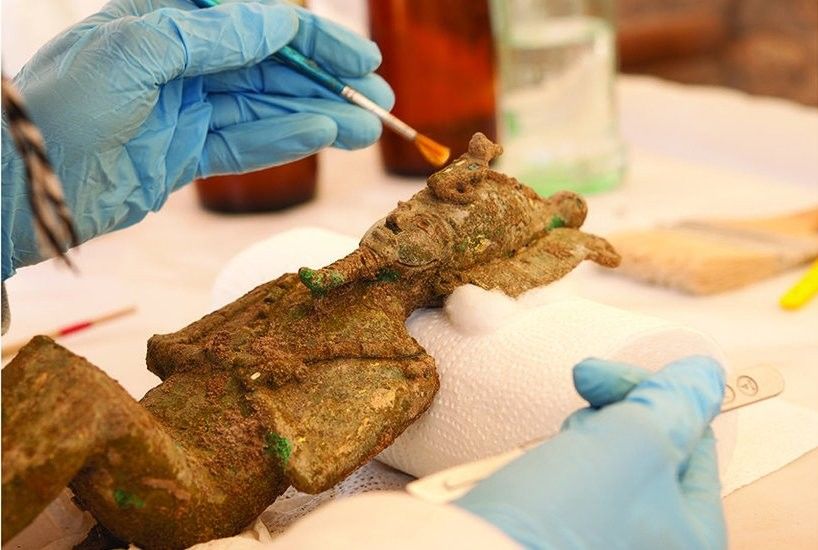
seekers.com
Ptah is the god of craftsmen and sculptors. In fact, ancient Egyptian artists created a statue of Ptah to be worshiped at a temple at Karnak. For years, the great chalk god enjoyed being eaten, washed, and scented.
In 2014, a well was found next to the shrine. Inside is a statue of Ptah accompanied by a carved cat, a sphinx, a statue of a baboon and the gods Osiris and the god Mut. They were not thrown in a pit but referred to by the ancient Egyptians as "dead."
Thus, the statue of Ptah received a proper burial. Its "life" ended about 2,000 years ago after it became too damaged to be used. The researchers felt there was a particular purpose for setting up Ptah's tomb as previously mentioned.
Priests included sphinx statues for protection and abundance, while statues of the god Osiris for the rebirth of god Ptah.
8. The world's oldest tattoo

THE TRUSTEES OF THE BRITISH MUSEUM
Two graves each containing the bodies of men and women were found in Gebelein, south of Luxor City, a century ago.
The lack of mummified wrappings on the bodies suggests the two individuals were not important people. However, their contribution to ancient Egyptian knowledge and the history of body art is immense.
For years, the dark spots on the arms of the mummies went unnoticed by researchers. This is because there are more dramatic markings, such as the fatal stab wound to the male mummy's back. It is estimated that the man when he died was between 18-21 years old.
Then in 2018, an infrared scan showed the blotches were a tattoo of a bull and a lamb on the upper right arm of a male mummy. While on the female mummy there is an "S" shaped stain on the shoulder and upper right arm which symbolizes status, courage and magic (Knowledge).
9. King Tut camping bed

livescience. com
When Howard Carter cataloged Tutankhamen's tomb items in 1922, there was a record of some of the beds. Among them are unique folding beds that have never been seen before.
Recently, reported by Livescience.com, the artifact underwent its first scientific analysis. The results showed that the mattress has a special design because it is practical in function and attractive in appearance.
Double folding mattresses existed before King Tutankhamen, who died around 1323 BC. But what's interesting about this finding is that the mattress turned out to be a triple layer which, when folded, resembles the letter "Z".
Ancient craftsmen created a brilliant combination of two different types of hinges, legs, frames and webbing. The bed is also more portable and comfortable than the double folding version. Researchers believe that it was Tutankamen's hobby of hunting that made this folding bed idea come true. The reason is, the folding mattress is used to rest.
10. The Giza Aqueduct
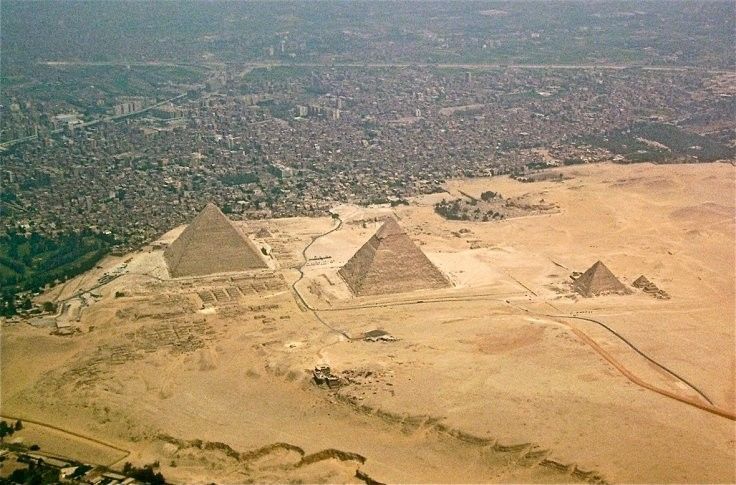
ibtimes.co.uk
Although the Great Pyramid of Giza was built in 2600 BC, its construction remains a mystery. Researchers now believe they have completed one important step.
About 170,000 tons of limestone were transported 805 km from Aswan to Giza. Every day, 800 tons arrived to build the great pyramid to a height of 147 meters. Reporting from Abc.net.au, recently, the only direct ancient records of the people involved in the construction of the great pyramids, were discovered.
The papyrus scroll, written by an overseer named Merer, describes thousands of workers using wooden boats to move stone blocks along the Nile River. The stone blocks were then transported through the canal to the harbor which is located not far from the construction site of the great pyramid.
Physical evidence for Merer's claim emerged when archaeologists discovered aqueducts beneath the pyramid. They also identified a pyramidal structure which is likely the main shipping area for the 2.3 million limestone blocks.
The discovery adds new understanding to the complex infrastructure that developed to build the tallest structures in the world until the advent of the Middle Ages.
